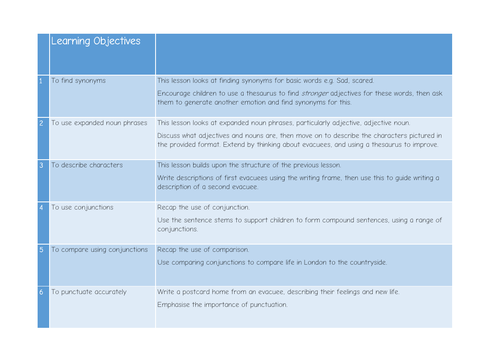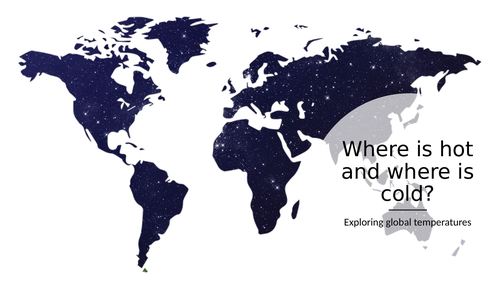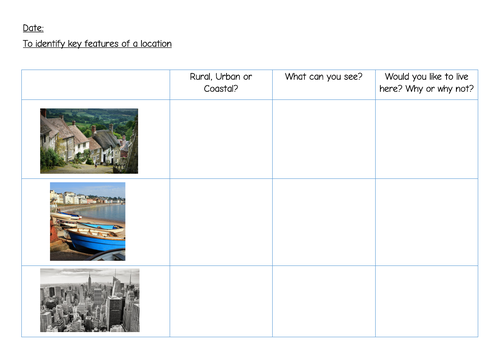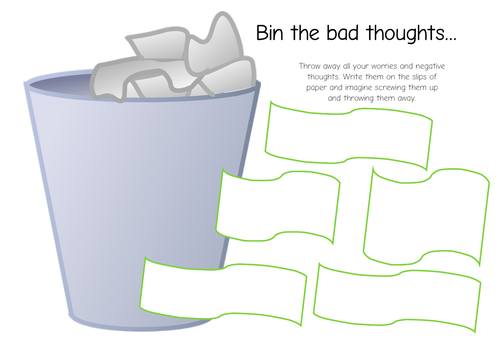37Uploads
69k+Views
47k+Downloads
All resources

KS2 - Music notes - fractions
A simple worksheet I have used to combine fractions with the notes on a stave.
Asks the children to add basic fractions in relation to the relative value of musical notes.

SEND/LA WW2 Description evacuation
A week of English activities linked to describing WW2 evacuees.
This unit of work was designed for a group of children working significantly below KS2 standards, so that they were able to successfully access work on the same topic as their peers.
Originally this was used in KS2, but this could also be relevant to SEND pupils in KS3.
An overview of the week is provided, as well as activities to complete.

Geographical Enquiry - name the country
Included are five sets of cards, each describing a different country (Poland, Finland, Cuba, France and Romania)
Each set contains facts about the human and physical geography of each country, as well as photos of a variety of locations.
I use this as a starting activity to get children thinking about different countries around the world. They need to use their existing knowledge and atlases to identify the country.

KS1 Equator and poles
A lesson introduction and activities used with a year 2 class to explore the temperature of different parts of the globe.
Introduces the idea of poles, as well as the Equator. The two different activities both relate to temperature - one asks children to make the varying temperatures on a world map; the other looks at animals in hot and cold environments.
This could link to science and habitats.

Intro to the Stone Age (timelines)
Need some help with your Stone Age-Iron Age topic?
This is an introductory lesson on the Stone Age. Contains a powerpoint explaining the key periods of the stone age, and a multi-option timeline activity to document the chronology of the period.
This could be used to start a Stone Age-Iron Age topic in KS2, or for any other age group interested in this time period.

KS1 geography UK countries
A lesson used with Year 2 to introduce the four countries within the UK. There are also two different worksheet options to complete.
Originally, the children followed this up by researching one country each and making a poster of it to present back to the class.

Into to Bronze Age lesson: making bronze
A powerpoint introducing the Bronze Age and an accompanying set of differentiated activity sheets.
Ideally suited to LKS2 but could be used across the primary age range.

KS1 rural urban coastal
A PowerPoint and associated activities used during an “Our World” topic to introduce the concept of coastal, rural and urban.

Comparing European countries (Italy, UK, Poland)
A set of activities/worksheets to compare and contrast weather and climate in Italy, Poland and the UK. This involves interpretation of graphs and charts, some statistical work comparing data, as well as general geographical comparison and inquiry.
There are two sheets that compare Rome/UK, which would also fit into a topic on the Romans.

2020 Olmypics lessons
A series of presentations and activities I have made ready for the 2020 Olympics in Tokyo. I have designed these for Year 4, but they could be used with any KS2 or KS3 class if adapted.
Contains:
History of the Greek Olympics presentation
Historical/Geographical source work - “How have the Olympics changed?”
Powerpoint on Tokyo and how they got the games
Template to make a guidebook to Tokyo
Lesson worksheets about Tokyo
Presentation about Olympic medals

Geographical Enquiry - KS2 Romans
This is a lesson used to explore the question, “Why did Rome become the capital of the Empire?” It has links both to geography and history, and would be ideally suited to a topic on the Romans or on Italy the country.
Originally I used this in KS2. The main skills focus is on exploring how the physical features of a place affect human activity and economic growth.

Bronze Age: Archaeology and artefacts
How do we know about the Bronze Age if there are no written records?
This presentation introduces the Must Farm Bronze Age discoveries, and the basic archaeology used to find artefacts from the past.
Ideally suited to Year3/4, this could also be adapted for UKS2. Would also fit into a local study on East Anglia/the fens.

KS2 Doubling -Exponential growth
An lesson based on the traditional Indian tail of Sissa-ben-Dahir. This looks at the concept of exponential growth through doubling.
Children are introduced to the topic through the powerpoint, and then explore doubling using the game of chess.
I have used this across KS2, but this could also be used in other age ranges

Parts of circle - whole lesson Penny farthing
The full lesson of my parts of a circle lesson, linked to Victorian Penny Farthings.
The PowerPoint goes through the different parts of the circle, as well as introducing pi and how to calculate the circumference.
Used in KS2, but also suitable for KS3.

Egyptians - Adding fractions KS2
A lesson looking at adding fractions and unit fractions, linked to the Egyptians.
Originally this was used in a mixed Y5/6 class to explore the concept of unit fractions, and adding fractions.
This includes a presentation, lesson plan and the worksheet used during this lesson. I have also included the fraction wall I used to support pupils. These can be cut up to help children understand the concept of adding unit fractions.

Mindful moments - Complete set
My complete set of “mindful moments” worksheets.
Includes activities based on gratitude, kindness, being positive and managing worries.
Could be used in any age range, but originally used in KS2.
Bundle

Stone Age-Iron Age Pack
A pack of resources containing powerpoints, activities and worksheets about the Stone Age-Iron Age topic.
Includes artefact work, comparisons and links to archaeology. Supports historical enquiry and discussion.

















